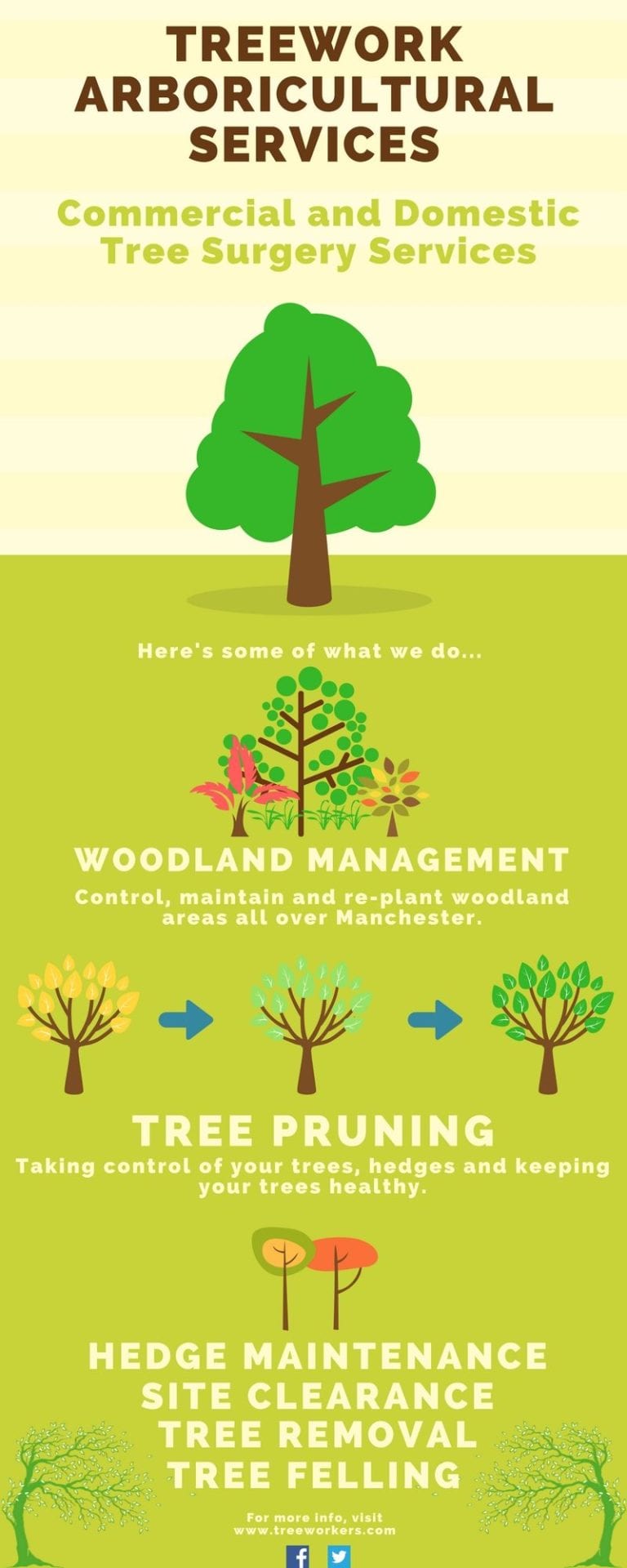Signals That It's Time To Eliminate A Tree: Identifying Unsafe Trees
Signals That It's Time To Eliminate A Tree: Identifying Unsafe Trees
Blog Article
Web Content Author-Harper Emerson
When it comes to tree care, recognizing the indicators that it's time for elimination is important for your security and residential property. You could observe blemished fallen leaves, wilting branches, or strange fungal growths indicating health problems. Structural problems, like a considerable lean or splits in the trunk, can also position threats. Comprehending Pruning Apple Tree warning signs can help you make educated decisions regarding your trees and prevent possible risks prowling in your backyard. What should you look for following?
Signs of Degeneration and Condition
When you discover indications of degeneration and illness in your trees, it's essential to act promptly. Search for stained fallen leaves, wilting branches, or uncommon developments like fungus. These can show that your tree is battling.
If you see fractures in the bark or soft, mushy wood, these symptoms recommend internal degeneration. In addition, an abrupt increase in pests around your tree can signal that it's damaged and prone.
Check for any type of dead or dying arm or legs, as they present a danger to your home and security. If you doubt regarding what you see, consulting an arborist can give clarity.
Attending to these indicators early can save you from extra considerable damages and ensure the health of your backyard. Don't wait until it's too late.
Structural Instability and Leaning
As you observe your trees, watch out for any indicators of structural instability or leaning. If a tree leans significantly, it might show that the root system is compromised.
Search for any type of fractures in the trunk or dirt around the base; these can signal possible failure. In addition, check for uncommon growth patterns, like an unbalanced crown, which might suggest that the tree is battling to hold itself upright.
If you notice that the tree favors your home, high-voltage line, or various other frameworks, it postures a higher risk. Don't overlook these signs-- speak with an arborist to assess the situation.
Taking action early can stop costly damages and ensure your security.
Dead or Dying Branches and Vegetation
If you discover dead or dying branches and vegetation on your tree, it's a clear sign that something's incorrect.
These unhealthy areas can indicate underlying problems like disease, insect infestations, or environmental tension. When branches lose their fallen leaves or transform brown, they're no more contributing to the tree's health and wellness. Ignoring these indications can lead to additional decline, making your tree extra hazardous.
Dead branches can quickly break off during tornados, presenting a threat to property and individuals nearby. It's essential to evaluate the level of the damages.
If the issue influences a considerable part of the tree, take into consideration getting in touch with an expert. click the up coming document can assist establish if elimination is necessary to ensure security and maintain the appeal of your landscape.
Final thought
If you see any kind of signs of decay, structural instability, or dead branches on your trees, don't overlook them. These indications can position severe safety threats to you and your residential or commercial property. It's constantly best to get in touch with a professional arborist who can offer an expert assessment of your trees. Doing something about it early can stop mishaps and pricey damages, guaranteeing your landscape stays risk-free and healthy. Bear in mind, it's better to be aggressive about tree care than to await a catastrophe to take place.
